Surgery & Medicine for Weight Loss
Understanding Obesity
Big Portions, Big Problems
Discrimination & Prejudice
Emotions & Eating
Exercise for Fitness & Weight Loss
Fast Food & the Obesity Epidemic
Health Issues Caused by Obesity
Looking & Feeling Good in Your Body
Nature & Nurture: The Causes of Obesity
No Quick Fix: Fad Diets & Weight-Loss Miracles
Surgery & Medicine for Weight Loss
Surgery & Medicine for Weight Loss
William Hunter
Mason Crest
Mason Crest
450 Parkway Drive, Suite D
Broomall, PA 19008
www.masoncrest.com
Copyright 2015 by Mason Crest, an imprint of National Highlights, Inc. All rights reserved. No part of this publication may be reproduced or transmitted in any form or by any means, electronic or mechanical, including photocopying, recording, taping, or any information storage and retrieval system, without permission from the publisher.
Printed in the United States of America.
Series ISBN: 978-1-4222-3056-5
ISBN: 978-1-4222-3066-4
ebook ISBN: 978-1-4222-8849-8
Cataloging-in-Publication Data on file with the Library of Congress.
Contents


We as a society often reserve our harshest criticism for those conditions we understand the least. Such is the case with obesity. Obesity is a chronic and often-fatal disease that accounts for 300,000 deaths each year. It is second only to smoking as a cause of premature death in the United States. People suffering from obesity need understanding, support, and medical assistance. Yet what they often receive is scorn.
Today, children are the fastest growing segment of the obese population in the United States. This constitutes a public health crisis of enormous proportions. Living with childhood obesity affects self-esteem, employment, and attainment of higher education. But childhood obesity is much more than a social stigma. It has serious health consequences.
Childhood obesity increases the risk for poor health in adulthood and premature death. Depression, diabetes, asthma, gallstones, orthopedic diseases, and other obesity-related conditions are all on the rise in children. Over the last 20 years, more children are being diagnosed with type 2 diabetesa leading cause of preventable blindness, kidney failure, heart disease, stroke, and amputations. Obesity is undoubtedly the most pressing nutritional disorder among young people today.
This series is an excellent first step toward understanding the obesity crisis and profiling approaches for remedying it. If we are to reverse obesitys current trend, there must be family, community, and national objectives promoting healthy eating and exercise. As a nation, we must demand broad-based public-health initiatives to limit TV watching, curtail junk food advertising toward children, and promote physical activity. More than rhetoric, these need to be our rallying cry. Anything short of this will eventually fail, and within our lifetime obesity will become the leading cause of death in the United States if not in the world.
Victor F. Garcia, M.D.
Founder, Bariatric Surgery Center
Cincinnati Childrens Hospital Medical Center
Professor of Pediatrics and Surgery
School of Medicine
University of Cincinnati

Words to Understand

epidemic: An outbreak of a disease or medical condition that spreads more quickly and more extensively than would be expected.
anorexia nervosa: An eating disorder characterized by a distorted body image and an inability to maintain a healthy body weight because of failure to eat.
bulimia: An eating disorder in which periods of overeating are followed by periods of undereating or self-induced vomiting or use of laxatives.
morbidly: Having the characteristics of a disease.
prejudiced: To have opinions (usually bad ones) based on insufficient knowledge or inaccurate information, often based on racial, ethnic, or physical characteristics.
stigma: The shame attached to something that is regarded as socially unacceptable.
Whats Obesity
All About?
An Overview
.
 The History of Obesity
The History of Obesity
The past thirty years have been full of mixed messages: on the one hand, the cultural pressure to achieve the perfect body led to a surge in eating disorders such as ; on the other hand, ironically, food portion sizes grew rapidly, while at the same time, manufacturers produced more and more foods with large amounts of corn syrup and processed flourfoods that were high in calories but low in nutrition. Whether dieting or overeating, people had become fixated on food.
According to a report issued by the United States Centers for Disease Control and Prevention, in the last thirty years, the average caloric intake of an adult woman has grown by 335 calories per day; men take in about 168 more calories each day. On average, people eat about 1,996 pounds of food per year, up from 1,497 pounds in 1970. An increase in physical activity over the same time span would have greatly lessened the effect of the increase in food intake, but the last few decades have seen a decrease in physical activity as the age of computers and office jobs has changed the way people work and play across the country. For example, the problem is so severe that between 1971 and 2010 the percentage of Americans considered obese increased from 14.5 percent to almost 36 percent.
Obesity is an international problem. According to the World Health Organization, more than 1.4 billion adults are considered overweight, and about 500 million of these are obese.

If the current trends continue, 100 percent of the U.S. population will be obese by the year 2230.
In the United States, the incidence of obesity among teenagers has nearly tripled since 1970.
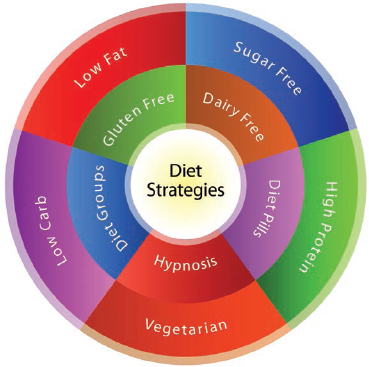
In response to this increase in obesity, the number of companies dealing with weight reduction has grown across the world. Among the most popular are programs such as Weight Watchers, Nutrisystem, and Jenny Craig. Programs like these have been very successful at selling their products to consumers. Dieting is big business.
 Make Connections:
Make Connections:
The Measurement of Food Energy
Did you know that your concept of fat has a lot to do with your culture? In some countries, great value is placed on large body size. In others, small bodies are regarded with high esteem. Society has a great deal to do with the body type preferred among the population. Poor countries tend to see greater amounts of body fat as a sign of prestige, whereas wealthy nations often connect prestige and power with thinness.
Next page
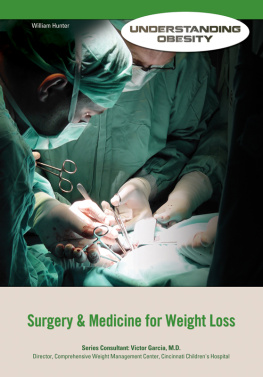


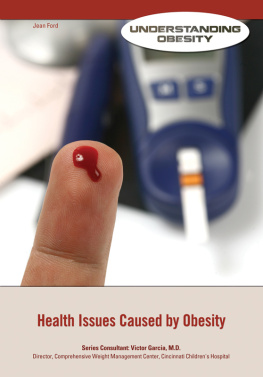
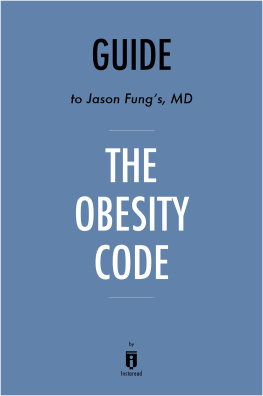

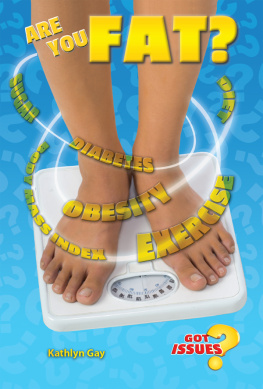
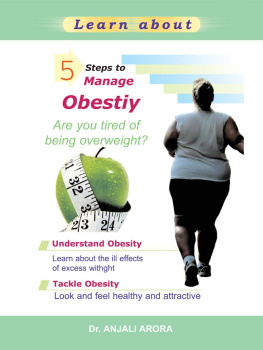




 The History of Obesity
The History of Obesity

 Make Connections:
Make Connections: